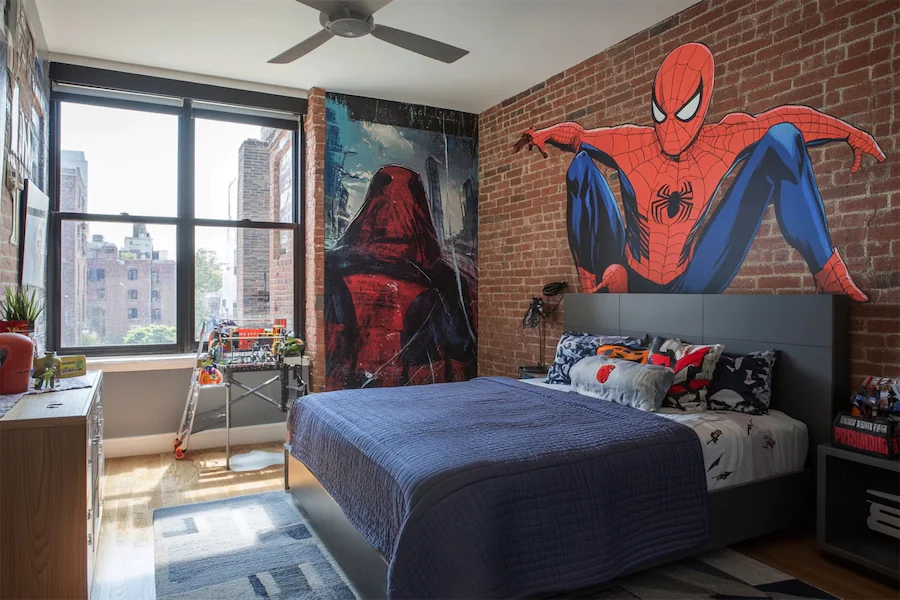Designing a modern kid’s room involves creating a space that is functional, stylish, and adaptable to a child’s evolving needs. By incorporating contemporary design elements with child-friendly features, you can craft a room that fosters creativity, comfort, and growth.
Introduction to Modern Kid’s Rooms
Modern kid’s rooms emphasize simplicity, functionality, and aesthetic appeal. They often feature clean lines, neutral color palettes with strategic pops of color, and furniture that serves multiple purposes. The goal is to create a space that is both engaging for the child and harmonious with the overall home design.
History and Origins of Modern Kid’s Rooms
The concept of modern kid’s rooms has evolved over time, influenced by broader trends in interior design. In the mid-20th century, the rise of minimalism and functionalism began to shape children’s spaces, moving away from ornate and heavily decorated rooms to more streamlined and practical designs. This shift was driven by the desire to create environments that could adapt to a child’s changing needs and interests.
Key Features of Modern Kid’s Rooms
- Minimalist Design: Emphasizing simplicity, modern kid’s rooms often utilize clean lines and uncluttered spaces to create a calming environment.
- Neutral Color Palettes with Accents: Using neutral base colors accented by vibrant hues allows flexibility and longevity in the room’s design.
- Multi-functional Furniture: Incorporating pieces like loft beds with integrated desks or storage solutions maximizes space and functionality.
- Incorporation of Natural Materials: Elements such as wood and natural fibers add warmth and texture, contributing to a cozy atmosphere.
Applications of Modern Kid’s Rooms
Modern design principles can be applied to various aspects of a child’s room:
- Sleeping Areas: Utilizing sleek bed designs, such as platform or bunk beds, to save space and add a contemporary touch.
- Study Spaces: Creating dedicated areas with minimalist desks and ergonomic chairs to promote focus and learning.
- Play Zones: Designing open spaces that encourage creativity, with storage solutions to keep toys organized and accessible.
Considerations When Designing a Modern Kid’s Room
- Safety: Ensure all furniture and decor are child-safe, with no sharp edges or hazardous materials.
- Adaptability: Choose designs and furnishings that can evolve with the child’s changing preferences and needs.
- Personalization: Incorporate elements that reflect the child’s personality, such as their favorite colors, themes, or hobbies, to make the space uniquely theirs.
Conclusion
A modern kid’s room blends functionality with aesthetic appeal, creating a space that is both practical and inviting. By focusing on minimalist design, versatile furniture, and thoughtful personalization, you can design a room that will serve your child well throughout their developmental years.
